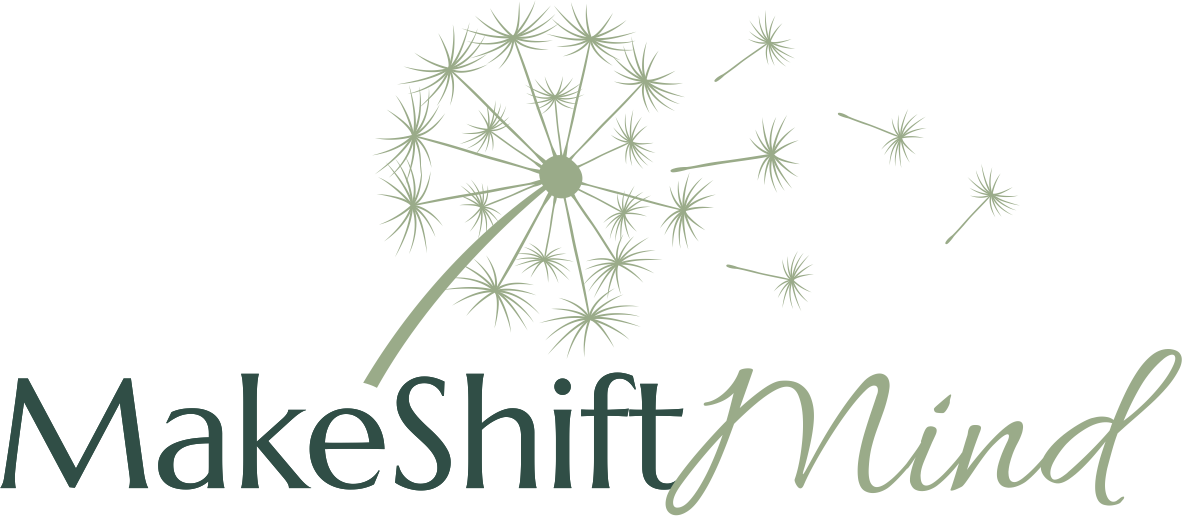Premenstrual Syndrome (PMS) affects millions of women worldwide, usually occurring in the days leading up to menstruation. It is characterized by a wide variety of emotional and physical symptoms. One of the most common symptoms is cravings.
Why do cravings happen?
During the days leading up to your periods, your body undergoes hormonal changes. Estrogen and progesterone levels generally drop and can affect serotonin levels, the feel-good hormone. Serotonin is essential in regulating your mood and appetite and low levels can lead to cravings for sweets and carbohydrates since the body uses carbohydrates to make serotonin. Simple sugars are easier to break down than complex carbohydrates, providing a quick serotonin fix.
Declining estrogen levels can also increase some women’s insulin resistance and blood sugar levels. Hence your body tries harder to force blood sugar into the cells where energy is required. This can indirectly impact appetite, food intake, and weight gain. On the contrary, some women might experience the complete opposite. They can experience a drop in their blood sugar levels.
PMS may also lead to a spike in cortisol levels. High cortisol levels make your body more metabolically charged, stimulating your appetite.
After sweets, the most common craving is salt. As hormones fluctuate, the adrenal glands work even harder to regulate them. To keep pace, they need more minerals, including salt.
After ovulation, your body also craves magnesium. Few studies and clinical trials highlight the important role magnesium can play in treating and managing several PMS symptoms.
Magnesium is very effective in relaxing smooth muscles, including the uterus. Therefore, magnesium-rich foods or supplements can help reduce or prevent abdominal pain and cramps. It can also help calm the nervous system down and reduce the activity of the HPA axis. This can reduce stress and anxiety.
Dietary DO’s and DONT’s-
DO’s-
- Eat more complex carbs like brown rice, barley, quinoa, lentils, chickpeas, etc. They take time to digest and enter your bloodstream slowly over time.
- Eat foods high in essential fatty acids like nuts (walnuts, pecans, almonds, etc). They can help you feel full longer.
- Eat lean protein.
- Increase calcium and Vitamin D intake. Few studies suggest calcium is effective in reducing mood-related symptoms and Vitamin D can help reduce PMS symptoms.
- Take a healthy dose of iron. It helps with fatigue.
- Drink enough water.
- Eat less, but more often. It can help keep your blood sugar levels stable and curb cravings.
- Get adequate sleep.
DONT’s-
- Cut back on salt. Salt can cause your body to retain fluid leading to bloating, tender breasts, and swollen hands and feet.
- Limit alcohol and caffeine.
- Avoid smoking.
- Avoid processed sugar.
- Avoid packages and processed foods.
Having cravings during PMS is common. Cravings, bloating, weight gain, etc. can become easier to manage with a better understanding of the hormonal changes your body goes through during this time and adopting healthy lifestyle habits.
Through growing research, one of the effective ways to cope with PMS symptoms is through exercising. Regular moderate exercise has been associated with reduced physical and mental symptoms of PMS, including pain, cramps, fatigue, water retention, and mood. It also strengthens your muscles and improves blood flow in the body.
Yoga has gained worldwide popularity over the past decade or two and is considered a good medium to exercise regularly. A growing body of evidence indicates that yoga benefits physical and mental health.
There are 3 essential elements of yoga-
- Breathing techniques (Pranayama)
- Posture (Asana)
- Meditation (Dhyana)
Breathing techniques (Pranayama) improve the flow of oxygen in your body. Improved oxygen flow to the brain helps it function better and improves concentration. It eases the nervous system and inhibits the sympathetic nervous system activities (fight-or-flight responses). This reduces the levels of stress hormones in your body.
Breathing techniques also increase the body’s carbon dioxide (CO2) level. Carbon dioxide widens and relaxes smooth muscles including the uterus.
It also reduces neck, shoulder, and back muscle tension. Proper breathing also contributes to lowering heart rate and blood pressure. These effects can promote relaxation of mind and body and may help alleviate feelings of tension, anxiety, and depression.
Some useful breathing techniques-
- Deep breathing
- Bhramari (Humming bee breath)
- Nadi shodhana (Alternate nostril breathing)
- Ujjayi (Victorious breath)
- Sheetali (Cooling breath through the tongue)
- Sitkari (Cooling breath through the teeth)
Posture (Asana) includes different body movements and positions that stimulate and contract different muscles in your body. Research indicates that stretching your abdomen, pelvis, and groin can lessen the intensity of cramps.
Practicing asanas stimulates the pressure receptors located beneath the skin, increasing the body’s functioning and digestion efficiency. It also increases blood flow throughout your body which can help ease cramps and stiffness and reduce muscle tension.
Some useful asanas/poses-
- Balasana (Child’s pose)
- Makarasana (Crocodile pose)
- Ardha Matsyendrasana (Half fish pose)
- Bidalasana (Cat pose)
- Padahastasana (Standing forward bend)
- Matsyasana (Fish pose)
- Setu bandasana (Bridge pose)
- Shavasana (Corpse pose)
Meditation can also be called relaxation training. It is useful in alleviating emotional tension. It stimulates and activates alpha brain waves. Alpha brain waves are produced when you feel relatively calm and relaxed and not trying to tackle any big problems.
Along with alpha brain waves, meditation also increases the activity of theta waves (produced when you are about to enter deep sleep) and promotes the secretion of melatonin, which not only aids in falling asleep but also improves the quality of sleep.
Some useful meditation techniques-
- Deep breathing exercises
- Body scan meditation
- Guided meditation
- Guided visualization
Even though there is a lack of empirical research on the alleviation of menstrual discomfort through yoga-centered health activities, the growing body of evidence through studies conducted worldwide holds significance.
